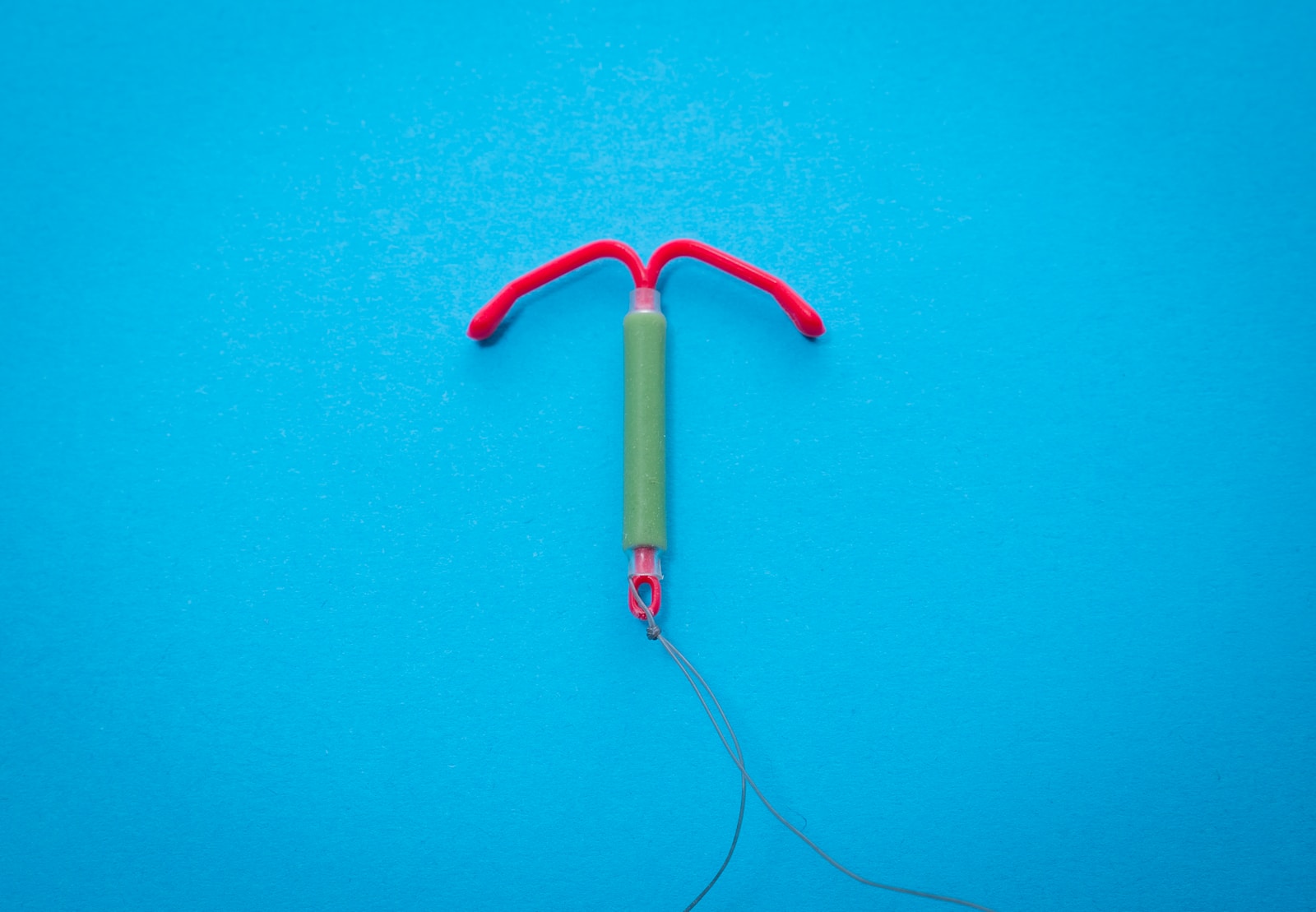IUDs are one of the most effective forms of birth control. They’re also relatively cheap over time. However, getting an IUD can be painful. Most people describe it as feeling like strong period cramps.
Women can resume regular activities after getting an IUD, but they should not insert anything into their vaginas (including tampons or menstrual cups) or have sex until 24 hours after the procedure.
24 Hours After Insertion
The process of getting an IUD takes a few hours and is performed by a medical professional. You might feel some pain or discomfort during the insertion, but it shouldn’t be too bad. The actual insertion shouldn’t take more than a minute or two. You can take an OTC pain reliever before your appointment to help you deal with any discomfort.
During the procedure, your doctor will first perform a pelvic exam to check the size and position of your uterus. They will then determine which type of IUD is best for you. They will consider factors like your age, health history, the heaviness and regularity of your menstrual cycles, and the size of your cervix.
If you choose a hormonal IUD, it might take a few weeks for the hormones to kick in and start preventing pregnancy. In the meantime, you should use alternative methods of birth control. If you choose a copper IUD, it is immediately effective.
After your IUD is inserted, you might experience heavier, longer or more painful periods. You may also have spotting or bleeding between your periods. Your doctor will teach you how to feel for the strings of your IUD during your period or at other times so that you can make sure it is still in place. If you feel that your IUD has moved, talk to your doctor or nurse and use additional contraception until they can check it again.
7 Days After Insertion
It takes about a week for an IUD to start working to prevent pregnancy. During this time, you should continue to use condoms during sex. If you have a hormone-based IUD (Mirena, Liletta or Skyla), you should also carry backup birth control with you at all times.
An IUD insertion is a quick, painless procedure that can be done during an office visit. You lie on an exam table and your doctor inserts a metal tool called a speculum into your vagina to open it up. The doc then cleans the inside of your vagina and cervix with an antiseptic liquid. They then fold an IUD into a small tube and insert the device through your cervix and into your uterus.
During the insertion process, you may experience pinching and cramps similar to menstrual cramps. It is important to take over-the-counter pain meds as needed. You may also notice some spotting following the IUD insertion. This spotting is normal and can last up to 3-6 months.
After the IUD is inserted, one or two thin plastic strings that look like fishing wire hang down into your vaginal canal. You can check for these strings by feeling inside your vagina. Gynecologists usually recommend checking for the strings once every month. The strings can be felt if you put your finger in your vagina and push against the bottom of your cervix.
3 Months After Insertion
IUDs are one of the most effective forms of birth control available. They prevent pregnancy for up to 12 years. The copper IUD does this by releasing tiny bits of metal that damage sperm and make it impossible for them to reach an egg. It is available to women who do not want or cannot use hormones for birth control.
During the insertion process, the doctor passes instruments through your vagina and cervix into your uterus. This can cause irritation and disrupt the protective mucus lining. It also puts you at risk for infection. This is why abstaining from sex for 24 hours after getting an IUD is so important.
When you have an IUD, a small string about the length of your finger sticks out of the top of your cervix. The string helps nurses and doctors find your IUD and remove it later if necessary. It is also important to check that your IUD is still in place regularly.
A gynecologist can help you choose the right IUD for you. They can also explain how it works, including its effectiveness and side effects. You should ask the gynecologist to give you an estimate of how long the IUD will be effective. This can help you plan your sex life more effectively. Some people need to take it easy for a while after an IUD is put in, but most women don’t experience any negative effects on their sex drive or orgasm.
6 Months After Insertion
The non-hormonal IUD, Paragard, is effective as soon as it’s inserted. However, hormonal IUDs need to be placed during certain points in your cycle for them to work. Because of this, you should use another form of birth control for a week after you get your IUD inserted.
Most people feel fine after getting their IUD inserted, but some experience cramping and spotting. These symptoms can last for a few days, but usually go away with time and rest. If they persist, you can try over-the-counter pain medication.
It’s important to check your IUD every month to make sure it’s still in place. To do this, wash your hands and insert your finger into your vagina at the hard area at the top (your cervix). If you can see and feel the string hanging down from the bottom of your IUD, it’s in the right spot. You should also make an appointment to see your gynecologist every 6 months to have your IUD checked and to discuss any other health concerns you may have.
IUDs can shift position and come out of the uterus, but it’s very rare. A small percentage of women who have an IUD get a condition called perforation, which is when the metal pokes through the wall of your uterus. This is very rare, and OB-GYNs don’t think it has anything to do with sex, because they would see more cases of perforation if sex caused it.




